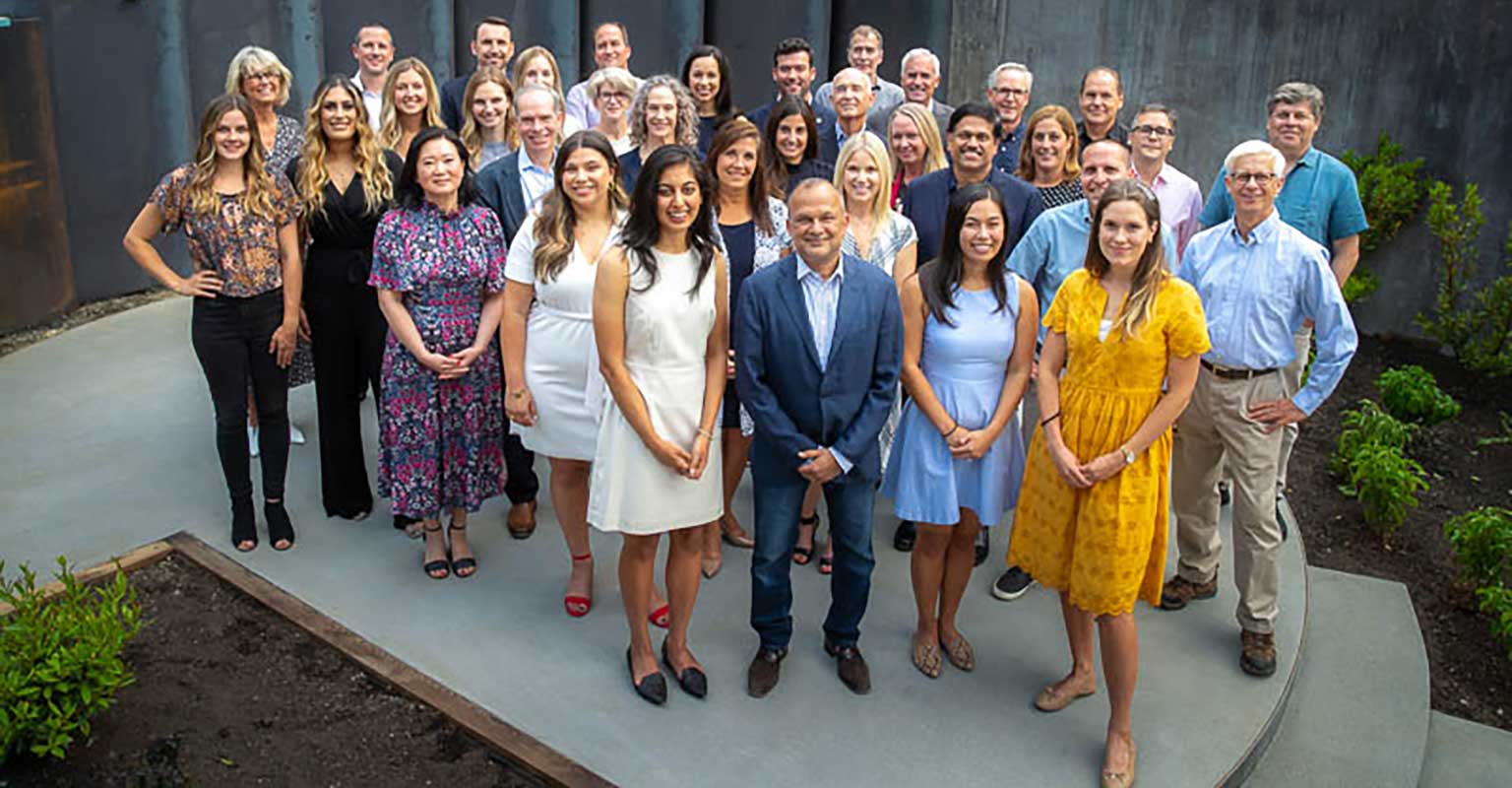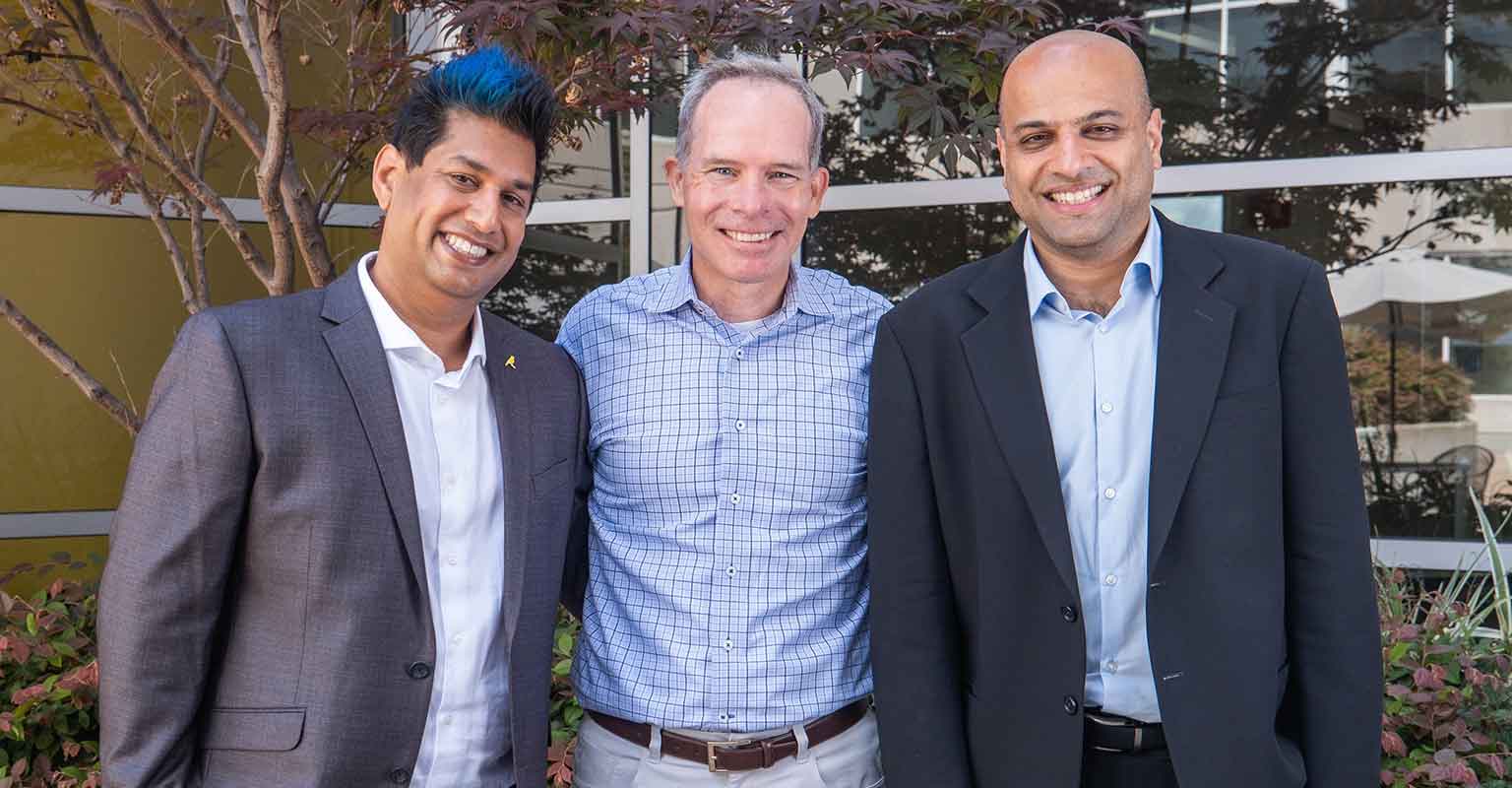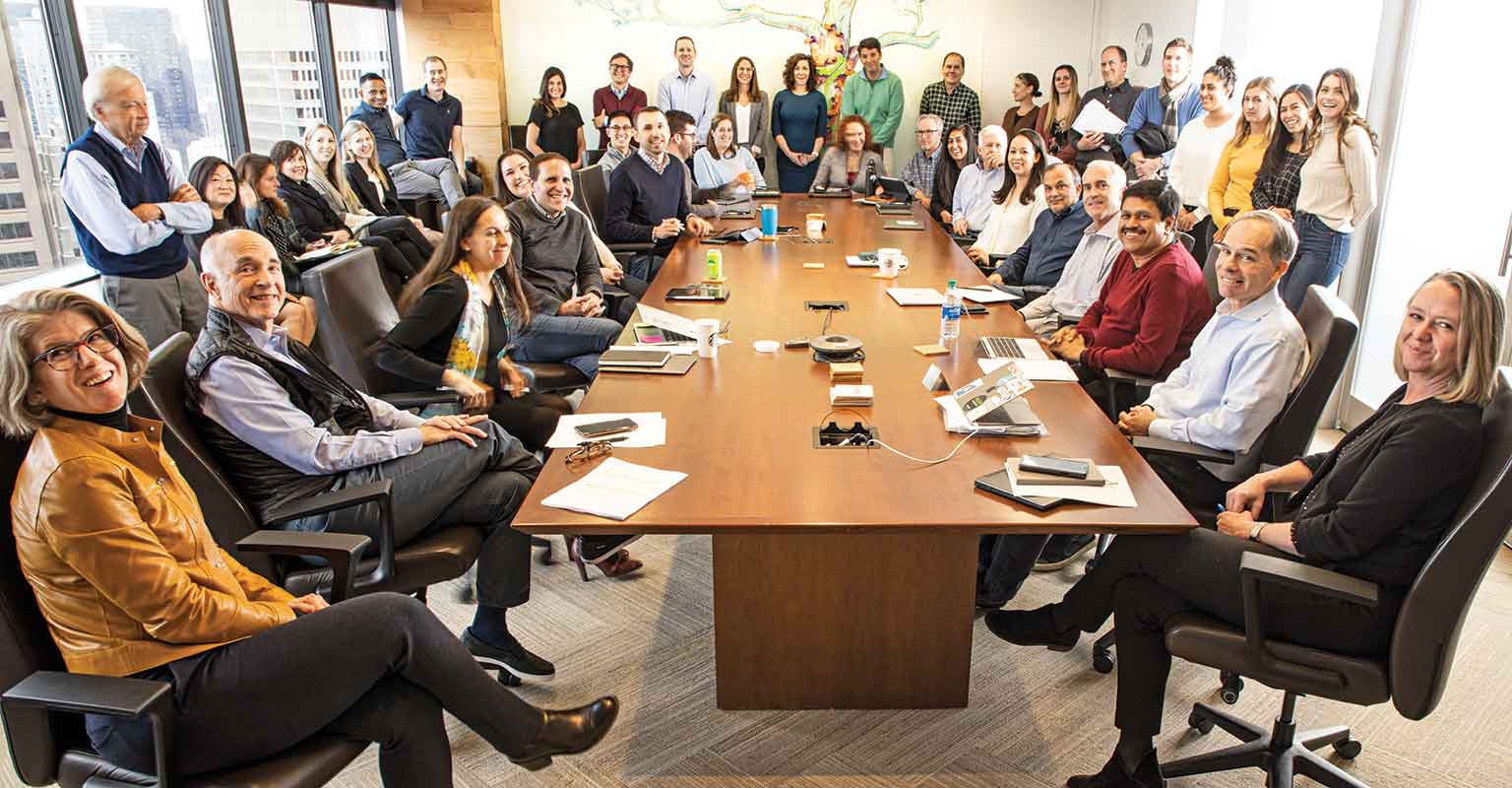For over 25 years, Madrona has partnered with exceptional founders and their teams from Day One for the long run. These partnerships are anchored on shared trust, strong alignment and a commitment to invest time and capital over many years to build great companies. We know from companies like Amazon, Isilon, Smartsheet, Redfin, and Rover that building lasting and significant companies takes a decade or more and involves inevitable ups and downs. Thus, while Madrona might initially invest $3 to $10 million in a first venture round, we reserve substantial additional capital in the fund to support our companies over every round as the company grows.
We know from companies like Amazon, Isilon, Smartsheet, Redfin, and Rover that building lasting and significant companies takes a decade or more and involves inevitable ups and downs.
In venture capital, the process of ensuring that each fund has sufficient capital to support companies for the long run is known as reserves management. A venture fund is generally a fixed size and has a specified initial investment period and fund life. For example, Madrona Fund III was a $167 million fund raised in 2005 and invested in very early-stage companies including Redfin, Apptio and Smartsheet. Today, 16 years later, it has one remaining active portfolio company (in which we invested more capital this year) and has generated approximately $1.5 billion in total returns.
Venture funds have four primary mechanisms for investing additional capital in existing portfolio companies. They are reserves from the existing fund, recycled proceeds, cross-fund investing and various forms of “Special Purpose Vehicles” or SPVs. Reserves are the most straightforward. In a $300 million fund, a long-term oriented venture firm will likely stop making NEW company investments when they still have 60% or more of the capital available in that fund to invest in follow-on rounds. That way, the fund can continue to support their portfolio companies in all funding rounds as the company grows. These “reserves” are often estimated on a per company level and an overall fund basis. A second mechanism is the ability to recycle proceeds. In short, recycling is when you take the proceeds earned from a successful investment and reinvest them into another portfolio company to support that company’s continued growth. Recycling has one key constraint though – it is dependent on a portfolio company having a positive exit at a time that roughly meets another company’s funding needs. Cross-fund investing can also be used, but can create complexities and conflicts of interest for a venture firm as you are investing dollars from a second fund into a company from a prior fund. However, with good guidelines for investing across funds, this mechanism can be useful.
The final mechanism for a venture firm to invest additional capital in a portfolio company is a Special Purpose Vehicle. This is just a way of raising a new pool of capital to invest more in a specific company. For high-performing companies in strong market conditions, SPVs are relatively easy to raise. But, the venture firm needs to go out and raise that capital from investors and there is no guarantee they can raise the funds. Thus, planning on using an SPV from the start of a fund has significant risks compared to the approach of using reserved and recycled capital in the initial fund.
Entrepreneurs benefit from being aware of the strategies their venture investors plan to use managing reserves.
Entrepreneurs benefit from being aware of the strategies their venture investors plan to use managing reserves. They should ask about reserve strategies, history of investing and supporting portfolio companies over the long run, and willingness to recycle proceeds into other portfolio companies that are performing well. Entrepreneurs also need to think about their syndicate of investors which often includes a mix of angel, early-stage and growth stage investors. Having a strong mix of investor types, including venture and growth firms that have dedicated pools of capital, should help a company endure the inevitable ups and downs of company building and the uncertainties of macro-economic cycles.
Over ten different funds (Madrona’s eight early-stage funds and two acceleration stage funds), Madrona has always used reserve management and recycling as the primary sources of capital to support companies over the long run. We have also made a couple cross fund investments, most notably in Smartsheet across Madrona Funds III and IV, when the company required significantly more capital to achieve its goals and was showing very high potential. However, this past year we saw an interesting dynamic developing in one of our more recent funds, Fund VII, which we started investing in 2018.
Since starting to invest this $300 million fund, the venture-backed fundraising environment has changed dramatically.
Since starting to invest this $300 million fund, the venture-backed fundraising environment has changed dramatically. Valuations and dollars raised are materially higher over the past four years and rounds happen more rapidly today for companies. Median seed valuations grew 25% from $6.8 million in 2018 to $8.5 million in 2021, while Series A valuations increased 95% from $20.0 million to $39.0[1] (admittedly the definitions of “seed” and “Series A” rounds have also changed during that time). Round sizes have increased materially as well. These trends have accelerated in the past 18 months especially with the frequency of rounds where some companies are raising two large financing rounds in the same 12-month period! Those factors, along with Madrona’s growing commitment to the more capital intensive “Intersections of Innovation” investment theme, has created a need for more access to capital over the years ahead than Fund VII reserves and recycled proceeds could confidently provide. Even more importantly, Fund VII has great companies including Seekout, OctoML, Esper and many others that we hope to invest significant additional capital into over the coming years.
Madrona Fund VII Extension Fund
Anticipating these future needs, Madrona consulted with our long-term investor partners and developed the Fund VII Extension Fund. We completed raising this $120 million fund last week and the capital came solely from existing investors in Madrona Fund VII. It will be used to support the underlying companies in Fund VII. We are appreciative to our investors for supporting us and our outstanding entrepreneurs as they continue to build enduring value in their companies. We don’t know how the capital markets and macro environment for company building will change in the years ahead. And we can only estimate the timing and need for follow-on capital for each individual company in the Fund VII portfolio. But we are confident that the Madrona team will be there to help our companies grow with our long-term mindset, hard work and capital.
[1]Source: Pitchbook



